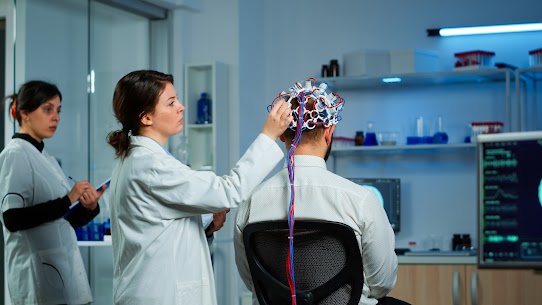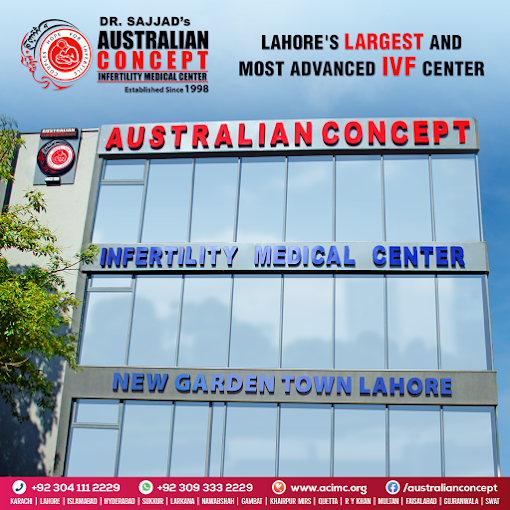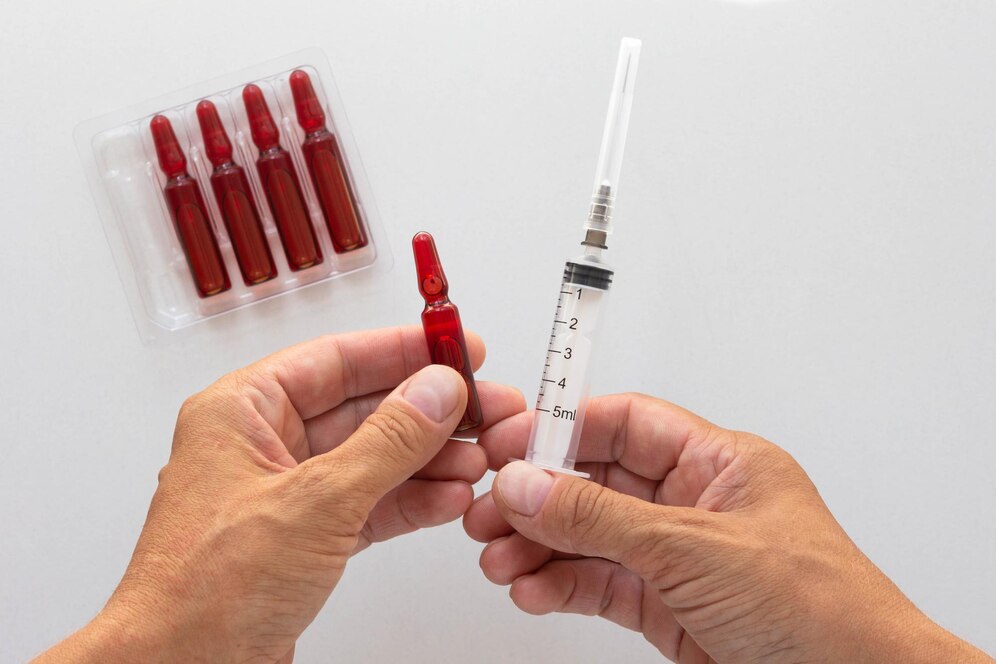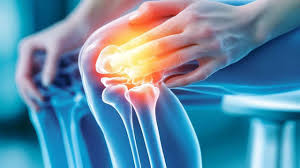Traumatic Brain Injuries (TBIs) stand among the most intricate medical conditions since their signs and symptoms start subtly but gradually change as time passes. Houston clinics use advanced methods for diagnosing and treating these medical cases to provide effective management. The post explains the accurate and careful treatment methods that specialists employ for head injuries while utilizing the modern TBI therapy in Houston.
Understanding the Scope of TBI in Clinical Settings
Different degrees of traumatic brain injuries need urgent medical care, while individual cases possess unique characteristics. Medical facilities across Houston allocate their resources to acquire sophisticated technologies for delivering personalized healthcare.
Initial Assessment: Laying the Groundwork
Emergency care personnel must handle head trauma emergencies as they arrive first to the scene first. After achieving stabilization, the patients receive referrals for specialized TBI therapy clinic care. Patient evaluation begins with a thorough assessment of medical backgrounds, along with testing neurological function and recording symptoms.
Clinical tools that evaluate cognition, together with balance and eye movements, provide early indications about the severity of injuries. The evaluation tools SCAT5 (Sport Concussion Assessment Tool) and ImPACT (Immediate Post-Concussion Assessment and Cognitive Testing) serve as baseline measurement programs throughout TBI clinics in Houston.
The brain trauma assessment through interviewing close family members produces information that magnetic resonance imaging tests sometimes fail to detect. The results obtained from initial evaluations form the primary foundation of customized TBI therapy plans developed in Houston.
Diagnostic Imaging: Looking Beneath the Surface
Medical institutions continue to depend on CT scan technology, along with MR imaging, to diagnose conditions. The progressive healthcare approach is moving past established medical practices in contemporary clinics. DTI (Diffusion Tensor Imaging) and fMRI (Functional Magnetic Resonance Imaging) through advanced imaging technology provide a better understanding of brain network connections.
The combination of PET and SPECT scans helps physicians locate brain tissue alterations that traditional MRI scans cannot identify. The advanced tools found in Houston facilities enable staff to identify injuries that other diagnostic facilities might miss.
Such diagnostic methods prove essential for patients who suffer from long-term symptoms yet show no evidence of injury through regular scanning methods. The facility uses state-of-the-art technology to create highly specific recovery plans during TBI therapy in Houston.
Personalized Treatment Plans: No One-Size-Fits-All Approach
The treatment process begins with developing a personalized approach that takes into account injury severity levels, age group, lifestyle activities, and pre-diagnosis medical conditions. A treatment plan combines cognitive rehabilitation programs with physical therapy sessions and medication prescriptions, which clinics establish based on a patient’s needs.
Cognitive therapy is a fundamental component in the process of training patients to regain memory functions, as well as attention skills and problem-solving abilities. Occupational therapy is a treatment method used in many clinics because it helps patients regain their everyday capabilities, allowing them to return to school or work settings.
Physical therapy specialists focus on treating patients who have problems with their motor skills, including coordination and control issues. The healthcare team introduces vestibular rehabilitation therapy to patients who face dizziness or balance difficulties.
Caring professionals provide patients with nutritional advice, as well as support for sleep and stress management, at all times. Houston implements holistic TBI therapies because their recovery methods target the entire being of the patient.
Advanced Therapies and Innovations
The medical community is showing increased interest in hyperbaric oxygen therapy because it shows promise in brain regeneration through improved oxygen delivery. TMS serves as one experimental solution alongside HBOT for restoring healthy brain function in medical facilities.
Patients undergoing biofeedback and neurofeedback therapy gain the ability to regulate particular brain functions. Invasive solutions that clinics use during TBI therapy are gaining popularity in TBI therapy centers.
Most medical facilities now offer telehealth services as well as virtual therapeutic care. The continuous care services made available to patients eliminate the need for frequent commuting, which proves beneficial during their extended recovery period.
Multidisciplinary Teams and Collaborative Care
Successful outcomes rely on collaboration. The staff at Houston clinics work together in one location, which includes neurologists, physiatrists, neuropsychologists, and rehabilitation specialists. Several experts work together as a team to provide comprehensive recovery management.
Family involvement is strongly encouraged. The educational content and support operations in clinics drive significant improvements in patient treatment success rates.
Exchanging information openly between patients and their care team enables both groups to monitor progress and make necessary adjustments to treatment plans. The cooperative design of TBI therapy in Houston yields better outcomes for patients, along with an improved quality of life during recovery.
Conclusion
Several Houston medical clinics excel at using scientific diagnosis and treatment methods to handle traumatic brain injuries. The recovery path for TBI patients becomes organized through the combination of advanced instruments and collaborative medical practices, and individual patient-focused care under TBI therapy in Houston.













